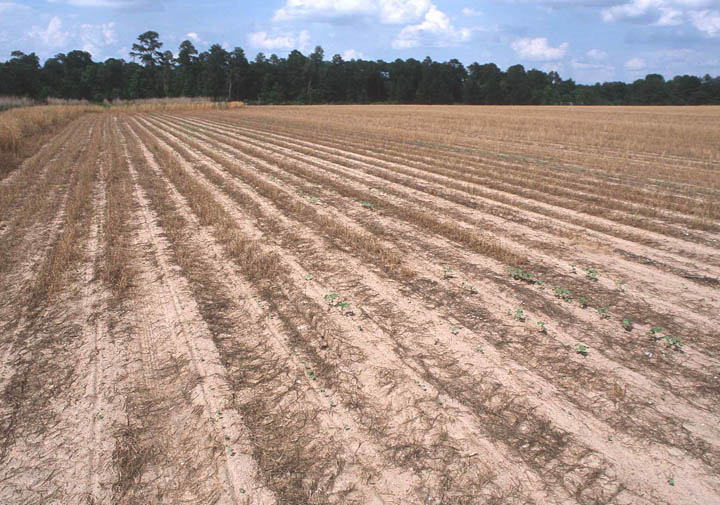
Most U.S. farmers prepare their soil for seeding and weed and pest control through tillage — plowing operations that disturb the soil.Tillage practices affect soil carbon, water pollution, and farmers’ energy and pesticide use, and therefore data on tillage can be valuable for understanding the practice’s role in reaching climate and other environmental goals.ERS researchers compiled data which show that approximately 35.5 percent of U.S. cropland planted to eight major crops, or 88 million acres, had no tillage operations in 2009.
November 2, 2010

Most U.S. farmers prepare their soil for seeding and weed and pest control through tillage — plowing operations that disturb the soil. Tillage practices affect soil carbon, water pollution, and farmers’ energy and pesticide use, and therefore data on tillage can be valuable for understanding the practice’s role in reaching climate and other environmental goals. In order to help policymakers and other interested parties better understand U.S. tillage practices and, especially, those practices’ potential contribution to climate-change efforts, ERS researchers compiled data from the Agricultural Resource Management Survey and the National Resources Inventory-Conservation Effects Assessment Project’s Cropland Survey. The data show that approximately 35.5 percent of U.S. cropland planted to eight major crops, or 88 million acres, had no tillage operations in 2009.
To view report (Economic Information Bulletin No. (EIB-70) 28 pp, November 2010):
Chapters are in Adobe Acrobat PDF format.
Report summary, 773 kb. | HTML
Entire report, 1,096 kb.
Charts and graphs (in .png format) from this report are available in the .zip file listed below. The .zip file also contains a document (readme.txt) that lists the name and title of each chart or graph file.
You May Also Like



